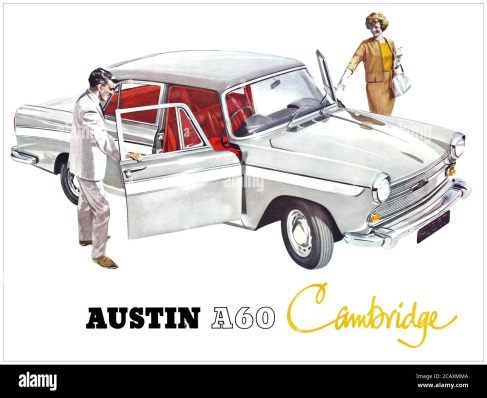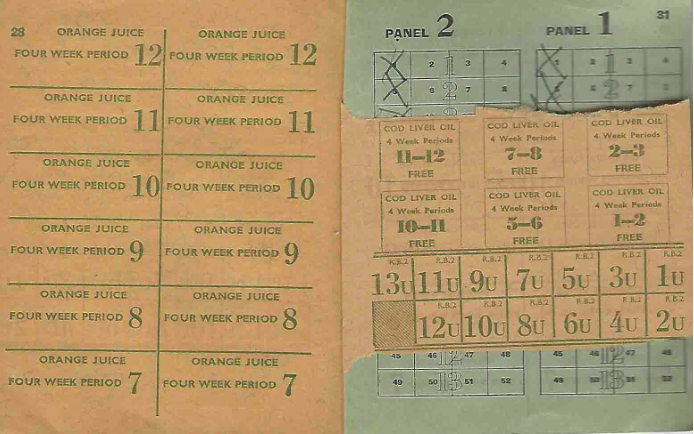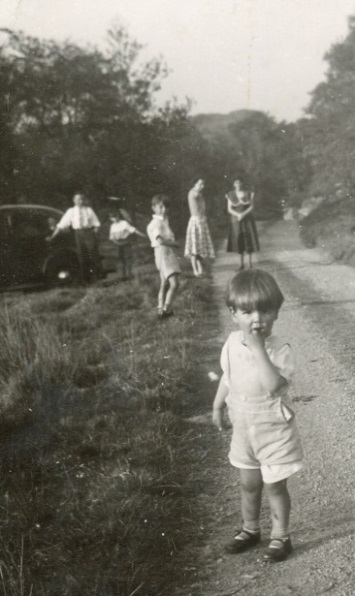Our caravan trips in the hilly districts during the summer holidays were usually punctuated by stops halfway up various hills to fill up our boiling radiator with water. We did this without getting annoyed because it had become normal and part of our long drives. The roads in the hilly and mountainous areas of North-West England and Scotland were often steep, twisty, and narrow; and for those not careful enough, they have found themselves in car wreckages.
They usually didn’t allow two cars to pass at all points along the route (certainly not pulling a caravan). Thus, on meeting another vehicle along a narrow stretch of the road, one of the cars had to pull into a lay-by to let the other pass.
In the 1950s, there was a certain courtesy between drivers, as opposed to the aggression and uncivility of drivers today and the past fifty years. Back then, my father often ‘gave way’ to other drivers, or thanked them with a wave of his hand if they let him go first.
To us, just getting to our destination was such a great adventure! You see, we need more than my father driving the car; all of us had to ‘will’ it up the steep hills, my father often vocally. In case you didn’t feel it was exciting enough, visualize it; on the steep, treacherous sections of the mountainous roads, there were always several wrecks lying at the bottom of the ravines that had tumbled over the edge.
In the old days, the authorities didn’t remove the wreckages; hence they served as a constant reminder to us what our fate would beif my father lost his concentration for a second. So we willed the car up the steep, twisty, poorly built highland roads in the 1950s until we reached our destination.
Such were these experiences ingrained to my memories that when my older brother Alistair and I went on a road trip similar to this, I was instantly brought back to the hilly drives of our childhood in Scotland and the Lake District.
That was around 1980 when I was already thirty years old. Alistair and I went on a 2000-mile road trip in his Austin Cambridge A60 from Oslo, Norway, through the former Yugoslavia, up to Athens in Greece. At that time, much of Yugoslavia was underdeveloped, especially the road network. The Adriatic coastal road was particularly treacherous. The narrow twisting road was carved out of the sea cliff face along many parts of the route. The only thing preventing the car from plunging into the raging ocean hundreds of feet below were a few insubstantial rocks placed at intervals along the side of the road.
I remember I got so nervous that I wouldn’t let Alistair drive although he was a good driver. The only time I doubted him was when he wrapped his pristine Mk II Jaguar around a tree but that’s a story for another time.
The whole coastal road drive was a pretty hair-raising experience! It seemed like after every other mile along the road, there would be a photo of some deceased young tearaway decorated with flowers and a cross. These altar-like photos, flowers and crosses were placed at the side of the road in the gaps of the flimsy rock wall that separated the road from the cliff leading to the ocean below.
In other words, the ‘gap in the wall’ was the place where the car had exited the road and plunged into the ocean below. This had probably been some young man with excess hormones that had led him to test the performance of his car beyond its capabilities; unfortunately, they had gone ‘over the edge’ into the ocean several hundred feet below – and then several leagues into the afterlife.




One Reply to “Car Wreckages”